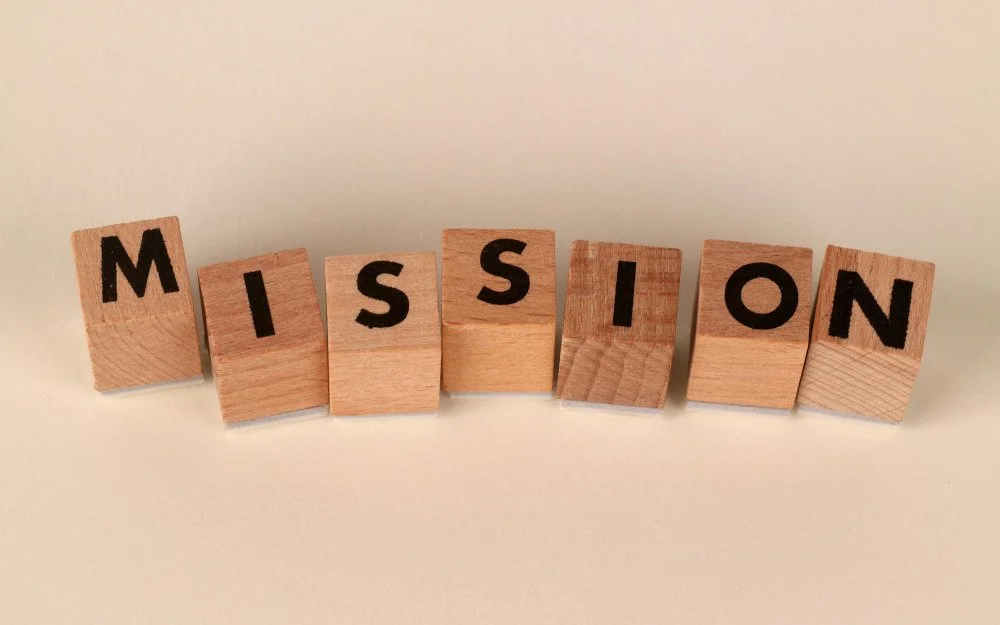How to write a mission statement that speaks your customers’ language
Having clear sense of mission is known to increase employee engagement and boost business performance. And one of our ten tips for crafting a clear and inspiring mission statement has always been to make sure it talks about your customers.
But we’ve recently realised that this advice doesn’t go far enough — because an effective mission statement won’t simply reference your customers. It will also use their words. And it will show your employees what your organisation looks like through the eyes of those you serve.
Here’s a mission statement that we recently dissected in our workshop for Cambridge Tech Week. It’s from the cosmetics company Avon and it distinctly fails to use the language of the customer:
To be the company that best understands and satisfies the product, service, and self-fulfillment needs of women—globally.
Now, what woman sees buying and using make-up as having her product, service and self-fulfillment needs understood and satisfied? In fact, if you didn’t know it was Avon, could you even say what products and services this brand offers? Fast fashion? Yoga courses? Sex toys? All could be contenders.
And as for that globally tacked on at the end? What woman cares about the world-dominating reach of the business she buys her lipstick from? It feels more like a nod to investors about “how big we are”. And it screams the kind of wordsmithing by committee that we always warn clients against.
Compare that mission statement with this absolute beaut from Warby Parker:
We believe that buying glasses should be easy and fun. It should leave you happy and good-looking, with money in your pocket.
Even if you’ve never heard of Warby Parker before, you now know exactly what they do. And exactly how they want you to feel when you buy their goods.
And who among us wouldn’t want to feel happy and good-looking when trying on a pair of glasses? Note, too, that lovely, pedestrian word glasses. You just know a less-confident brand would have used the kind of gussied-up language no customer would ever naturally — or unironically — use.
Frames. Eyewear. Spectacles.
As a client recently said of some distinctly uncorporate, customer-friendly words we gave them: once you see it, you can’t unsee it.
Here’s another mission statement from the carmaker Ford that, like the Avon example, demonstrates a tin ear for everyday, customer language:
People working together as a lean, global enterprise to make people’s lives better through automotive and mobility leadership.
The cliché about making people’s lives better aside, this statement is less about mission than methodology. Being all about the lean, global “how” of the work, rather than its “why”, this statement shows a greater concern with the internal wiring of the company, than its impact on customers’ lives.
And notice how Ford’s product has been abstracted out of existence. It’s not a car that will make your life better, don’t you know, but automotive and mobility leadership!
Compare Ford’s mission with the beautifully concrete mission statement from the early days of Microsoft. Which also happens to convey a global ambition without using that ever-clunky word global:
A computer on every desk and in every home.
Four tips for a mission statement that speaks your customers’ language
Show, don’t tell. Don’t talk in generalities about “making people’s lives better”. Instead paint a picture of your customer using your product or service. How do you want them to feel?
Look outwards, not inwards. Bring out what you do for customers, not the internal wiring of how you do it.
Check yourself before you wreck yourself. Read your mission statement aloud and ask yourself: is this how normal people speak? Would we use these words outside of the office?
Ditch the word global from your mission statement. The result will always be better, we promise.

